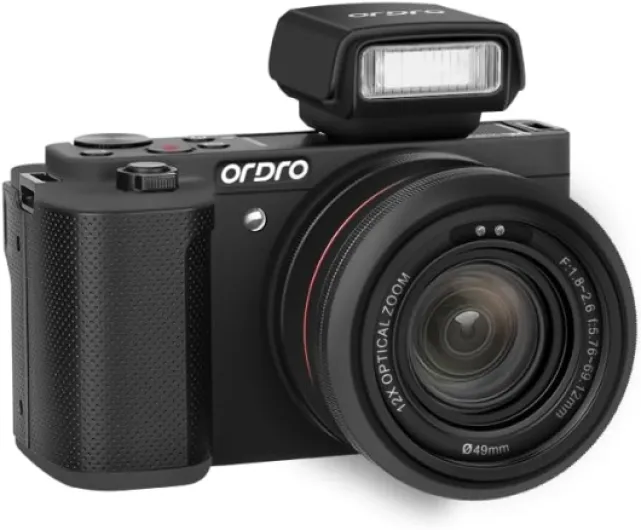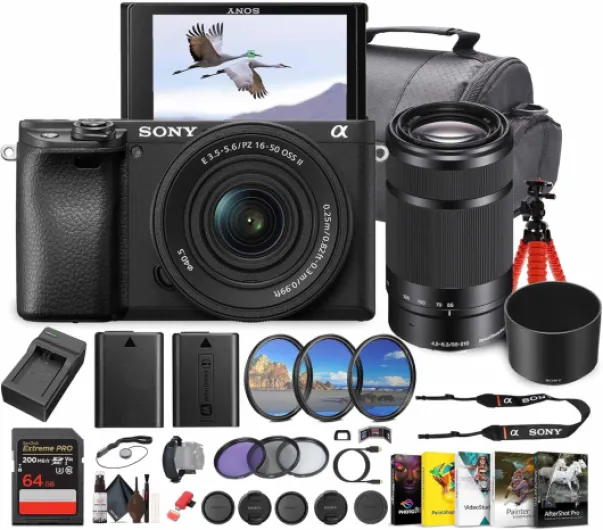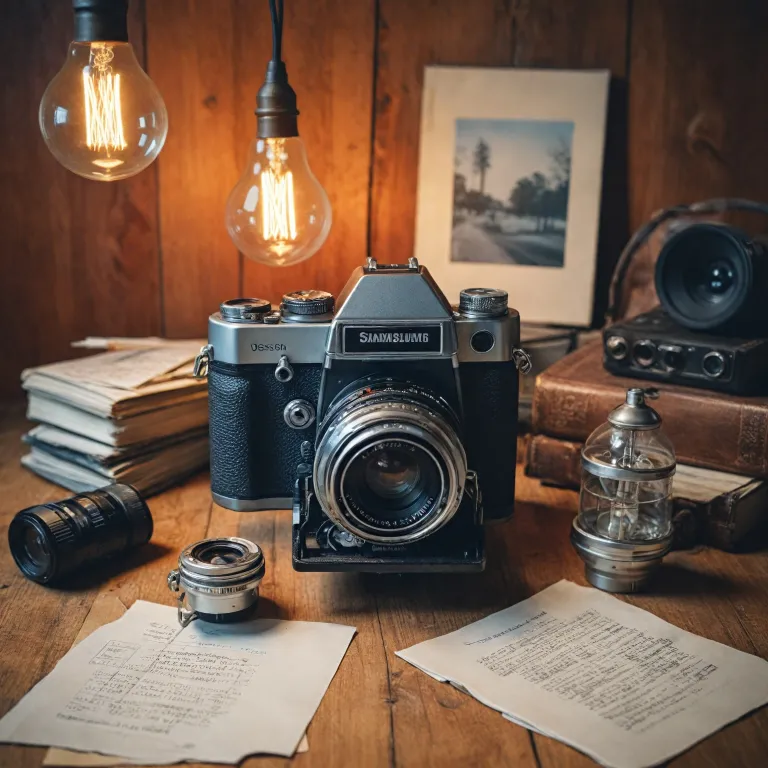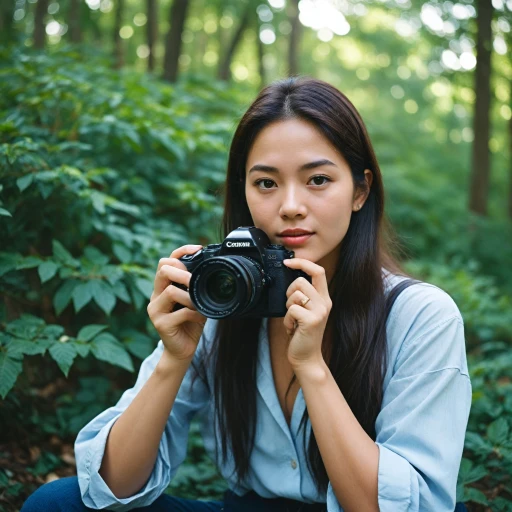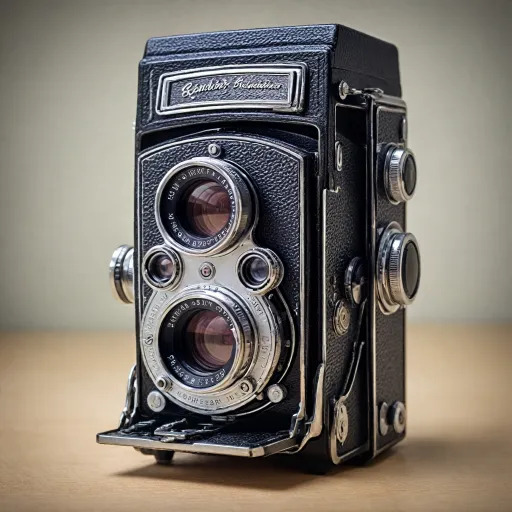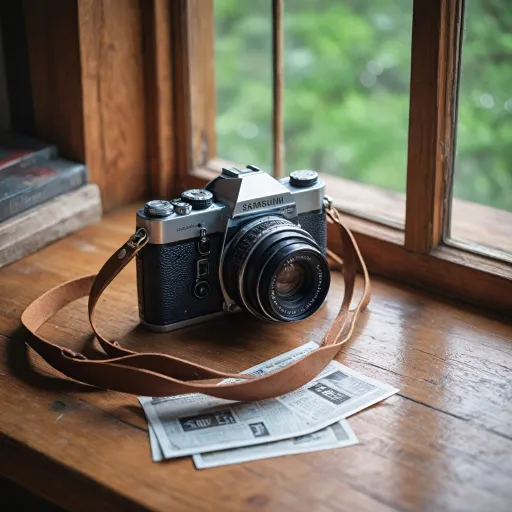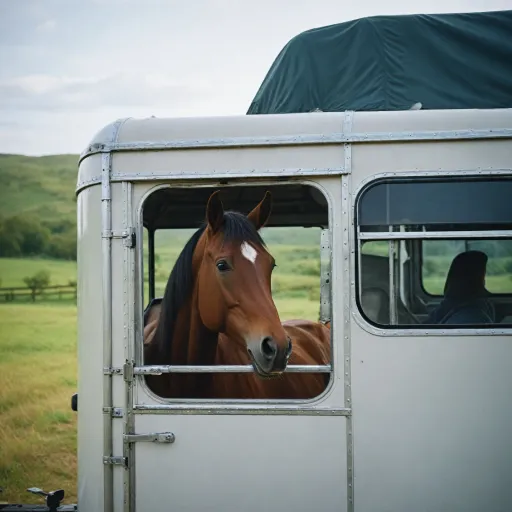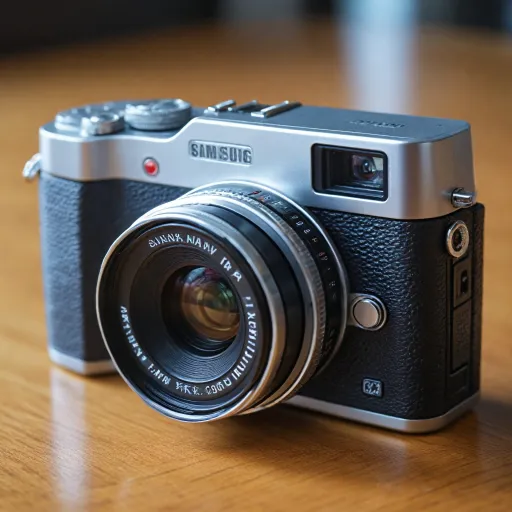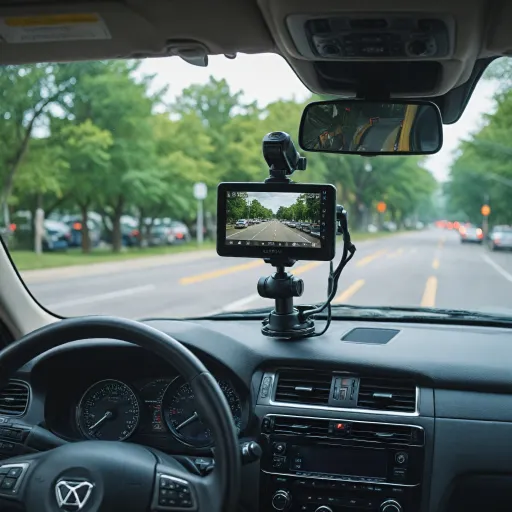
Understanding the 16mm camera format
What Makes 16mm Film Unique?
The 16mm film format has been a staple in the world of motion picture and cine film since its introduction in the 1920s. Unlike digital cameras, 16mm cameras use physical film stock, which gives each shot a distinctive texture and organic look that many creators still seek today. The image area of 16mm film is smaller than 35mm, but it offers a balance between cost, portability, and image quality that appeals to both professionals and enthusiasts.
Aspect Ratios and Film Variations
One of the defining features of 16mm cameras is their flexibility in aspect ratio. Standard 16mm film typically has an aspect ratio of 1.33:1, while Super 16mm—an enhanced version—expands the image area to achieve a wider aspect ratio, often 1.66:1. This wider frame is popular for high definition productions and gives filmmakers more creative options. Super frame and standard super variations allow for different shooting ratios and visual styles, making 16mm a versatile choice for many projects.
Popular 16mm Cameras and Film Stock
Classic models like the Paillard Bolex, Bolex Paillard, and Bell Howell are well-known for their reliability and mechanical precision. These film cameras are often used with Kodak film stock, which remains widely available and is shipped globally, sometimes with free shipping offers from specialty retailers. Whether you’re shooting a movie, documentary, or experimental picture film, the choice of camera and film stock can greatly influence your results.
Why Choose 16mm for Creative Projects?
16mm cameras are valued for their portability and the unique look of cine film. They are often chosen for projects where the filmmaker wants to evoke a certain nostalgia or artistic feel that digital formats can’t easily replicate. The format is also more affordable than 35mm, both in terms of film stock and shipping costs, making it accessible for independent creators. For those interested in exploring live camera feeds and seeing how different formats perform in real-world conditions, resources like live camera feeds can provide valuable insights.
Looking Ahead
Understanding the basics of 16mm film, from its aspect ratio to the best cameras and film stock, sets the foundation for exploring its advantages, challenges, and creative applications. As you dive deeper, you’ll discover why many filmmakers continue to choose 16mm for their most personal and innovative projects.
Key advantages of using a 16mm camera
Unique Visual Qualities and Creative Flexibility
One of the main reasons filmmakers and content creators choose a 16mm camera is the distinct visual character it brings to a project. The grain structure of 16mm film stock, whether standard or super, delivers a textured and organic look that is difficult to replicate with digital cameras. This unique image area and aspect ratio—typically 1.33:1 for standard and 1.66:1 for super—offer a cinematic feel that stands out in motion picture work.
Portability and Cost-Effectiveness
Compared to larger formats, 16mm cameras like the Paillard Bolex, Bell Howell, or Rex Reflex are compact and lightweight, making them ideal for on-the-go shooting. This portability allows for creative freedom in various environments, from documentary shoots to indie movie sets. Additionally, 16mm film stock is generally more affordable than 35mm, and you can often find free shipping deals from suppliers, helping to keep production costs manageable.
Versatile Shooting Options
16mm cameras support a range of lenses, including cine and super frame options, enabling filmmakers to experiment with different focal lengths and perspectives. The shooting ratio—the amount of film shot compared to what appears in the final cut—can be optimized thanks to the relatively lower cost of 16mm film, encouraging experimentation without breaking the budget. Many film cameras, such as the Bolex Paillard, offer manual controls for exposure and frame rate, giving users full creative control over their shots.
Industry Standard for Education and Indie Projects
For decades, 16mm has been a standard format in film schools and independent productions. Its balance between image quality and cost makes it a popular choice for learning the craft of cinematography. The format is also supported by major film stock manufacturers like Kodak, ensuring ongoing availability of materials for both standard and super film cameras.
- Distinctive film look with rich grain and color
- Wide range of camera bodies and lenses, including Bolex and Bell Howell
- Flexible aspect ratios for creative framing
- Cost-effective for both short and long projects
- Reliable shipping and stock availability from suppliers
For those interested in seeing how 16mm cameras capture real-world scenes, you can explore live camera feeds and motion picture examples in various environments. Check out this resource on live camera feeds for inspiration and a closer look at the format's visual impact.
Challenges and limitations of 16mm cameras
Common Hurdles When Working with 16mm Film Cameras
While 16mm cameras offer a unique look and creative flexibility, they also come with a set of challenges that can impact your workflow and budget. Understanding these limitations is crucial before you commit to shooting your next movie or creative project on this format.
- Cost and Availability of Film Stock
One of the main hurdles is the ongoing expense of purchasing film stock. Brands like Kodak still produce 16mm cine film, but prices can add up quickly, especially when factoring in the shipping and processing fees. Free shipping deals are rare, and the cost per foot of picture film is higher than digital alternatives. - Limited Shooting Ratio
Unlike digital cameras, where you can shoot as much footage as your memory card allows, film cameras restrict you to the length of your film roll. This means your shooting ratio—the amount of footage shot compared to what ends up in the final cut—must be carefully managed. Mistakes or reshoots can become expensive. - Technical Limitations
16mm cameras, such as the classic Bolex Paillard or Bell Howell models, require manual operation. Adjusting focus, exposure, and frame rate is less forgiving than with modern digital cameras. The image area and aspect ratio are fixed, so you have less flexibility in post-production compared to high definition digital formats. - Processing and Turnaround Time
After shooting, your film must be developed and scanned before you can view the results. This process can take days or weeks, depending on lab availability and shipping times. Unlike digital, where you can review your shots instantly, film introduces a delay that can slow down your project. - Equipment Maintenance and Parts
Many 16mm film cameras, including the Paillard Bolex and Rex Reflex models, are vintage and may require regular maintenance. Finding replacement parts or a technician familiar with cine film cameras can be challenging, especially if you are outside major cities.
Despite these challenges, many filmmakers still choose 16mm for its distinctive look and tactile shooting experience. If you are considering this format, investing in a camera with ergonomic handles can make long shooting days more comfortable. For more on this, check out this guide on the benefits of cameras with ergonomic handles.
| Aspect | 16mm Film Cameras | Digital Cameras |
|---|---|---|
| Film Stock Cost | High (Kodak, cine film) | Low (memory cards) |
| Shooting Ratio | Limited by film length | Virtually unlimited |
| Image Review | Delayed (processing required) | Instant playback |
| Aspect Ratio | Standard or Super (fixed) | Flexible (various settings) |
| Maintenance | Frequent (vintage equipment) | Less frequent |
Popular applications for 16mm cameras
Where 16mm Cameras Shine in Creative Production
16mm film cameras have carved out a unique space in the world of motion picture and creative projects. Their versatility and distinctive look make them a favorite for a variety of applications, from indie films to educational content. Here are some of the most popular uses for 16mm cameras today:
- Independent and Art House Films – Many filmmakers choose 16mm for its organic film grain and classic cinematic feel. The format’s image area and aspect ratio options, including standard and super, allow for creative flexibility in storytelling.
- Documentaries and Educational Films – The portability of cameras like the Bolex Paillard and Bell Howell makes them ideal for on-location shooting. Their reliability and ease of use help capture authentic moments, even in challenging environments.
- Music Videos and Commercials – The unique texture of 16mm film stock, especially when using Kodak or other high-quality brands, brings a nostalgic or artistic edge to music videos and advertising. The super frame and super camera options can enhance the visual impact.
- Experimental and Avant-Garde Projects – Artists often push the boundaries of the medium by manipulating film stock, experimenting with shooting ratio, or using vintage lenses. The flexibility of 16mm cameras supports a wide range of creative techniques.
- Student and Training Films – Many film schools still teach with 16mm cameras, such as the Rex Reflex or Paillard Bolex, to help students understand the fundamentals of exposure, lens selection, and aspect ratio.
Choosing the best camera and film stock for your project depends on your creative goals. Whether you’re aiming for high definition digital transfers or a classic cine film look, 16mm offers a balance between cost, portability, and image quality. With options for free shipping on film stock and equipment, getting started with 16mm is more accessible than ever. The format’s enduring popularity proves that, even in the digital age, film cameras continue to inspire new generations of storytellers.
Tips for getting the most out of your 16mm camera
Maximizing Your 16mm Camera Experience
To get the best results from your 16mm film camera, a few practical strategies can make a big difference. Whether you’re shooting a motion picture, a short movie, or experimenting with cine film, these tips will help you make the most of your equipment and film stock.- Choose the Right Film Stock: Different film stocks from brands like Kodak offer unique color profiles, grain, and sensitivity. Consider your lighting conditions and desired look before selecting your film. For example, high-definition stocks provide sharper images, while classic stocks give a vintage feel.
- Understand Aspect Ratios: 16mm cameras often support both standard and super aspect ratios. The standard aspect ratio gives a classic look, while super frame or super film formats increase the image area, providing a wider shot. Know your camera’s capabilities—whether it’s a Paillard Bolex, Bell Howell, or Bolex Paillard—and plan your shots accordingly.
- Maintain Your Equipment: Regularly clean your lens and check the camera’s mechanics, especially if you’re using vintage models like the Rex Reflex or Bolex. Proper maintenance ensures consistent image quality and reduces the risk of film jams during shooting.
- Plan Your Shooting Ratio: Film is a precious resource. Calculate your shooting ratio (the amount of footage shot versus what ends up in the final cut) to avoid running out of film stock mid-project. This is especially important when shipping or ordering film, as free shipping offers can help you stock up in advance.
- Experiment with Lenses: Swapping out lenses can dramatically change your shot. Wide-angle lenses are great for capturing more of the scene, while telephoto lenses help you focus on details. Many 16mm cameras, like the Bolex Paillard, support interchangeable lenses for creative flexibility.
- Embrace Both Film and Digital Workflows: While 16mm film cameras offer a unique aesthetic, consider digitizing your footage for editing and sharing. This hybrid approach combines the best of analog and digital, giving you more control over the final image.
Practical Advice for Smooth Shoots
- Always carry extra film stock and batteries, especially when shooting on location.
- Test your camera before each shoot to ensure the mechanics and lens are functioning properly.
- Label your film canisters with details like shooting ratio, aspect, and stock type for easy organization during post-production.
- Take advantage of free shipping deals when ordering film stock online to reduce costs.
Comparing 16mm cameras to other formats
How 16mm Stands Against Other Film and Digital Formats
When considering a 16mm camera for your creative projects, it's important to see how it compares to other formats, both film and digital. Each format brings its own strengths and challenges, impacting your shooting style, image quality, and overall workflow.
| Format | Image Area & Aspect Ratio | Film Stock & Availability | Camera Options | Typical Use |
|---|---|---|---|---|
| 16mm | 10.26 x 7.49 mm Standard 1.33:1, Super 1.66:1 |
Kodak, cine film, wide range, free shipping often available | Bolex, Bell Howell, Paillard Bolex, Rex Reflex | Indie movies, documentaries, art films |
| Super 16mm | 12.52 x 7.41 mm Super frame, wider aspect ratio (1.66:1) |
Similar to 16mm, but optimized for widescreen | Modified 16mm cameras, Super camera models | High definition TV, commercials, feature films |
| 35mm | 22 x 16 mm Standard 1.37:1, various widescreen ratios |
More expensive film stock, less accessible | Professional motion picture cameras | Blockbusters, high-budget productions |
| Digital | Varies (APS-C, Full Frame, Super 35) | No film stock needed | Mirrorless, DSLR, cine digital cameras | Widespread: from YouTube to cinema |
What Sets 16mm Apart
- Cost and Accessibility: 16mm film stock is more affordable than 35mm, and cameras like the Bolex Paillard and Bell Howell are widely available, often with free shipping from specialty retailers.
- Look and Feel: The grain and color of 16mm cine film create a unique image that digital cameras often try to emulate. The standard and super aspect ratios give filmmakers creative flexibility.
- Portability: 16mm cameras are generally lighter and more compact than 35mm film cameras, making them easier for handheld shooting or on-location work.
- Creative Control: With manual lens options and variable shooting ratios, you can experiment with exposure, frame rate, and image area in ways that differ from digital workflows.
Considerations When Choosing Your Format
- Resolution: While 16mm offers a classic film look, digital formats provide higher resolution and easier post-production workflows. Super 16mm narrows the gap with its larger image area and high definition capabilities.
- Workflow: Shooting on film requires careful planning due to limited film stock and higher shipping costs for cine film. Digital shooting allows for instant review and more flexibility with your shooting ratio.
- Budget: Film cameras and stock involve ongoing costs, while digital cameras have higher upfront costs but lower ongoing expenses.
Ultimately, the best choice depends on your creative vision, budget, and the specific needs of your project. Whether you choose a classic Bolex for its tactile shooting experience or a digital cine camera for convenience, understanding these differences will help you make an informed decision for your next movie or creative shot.
